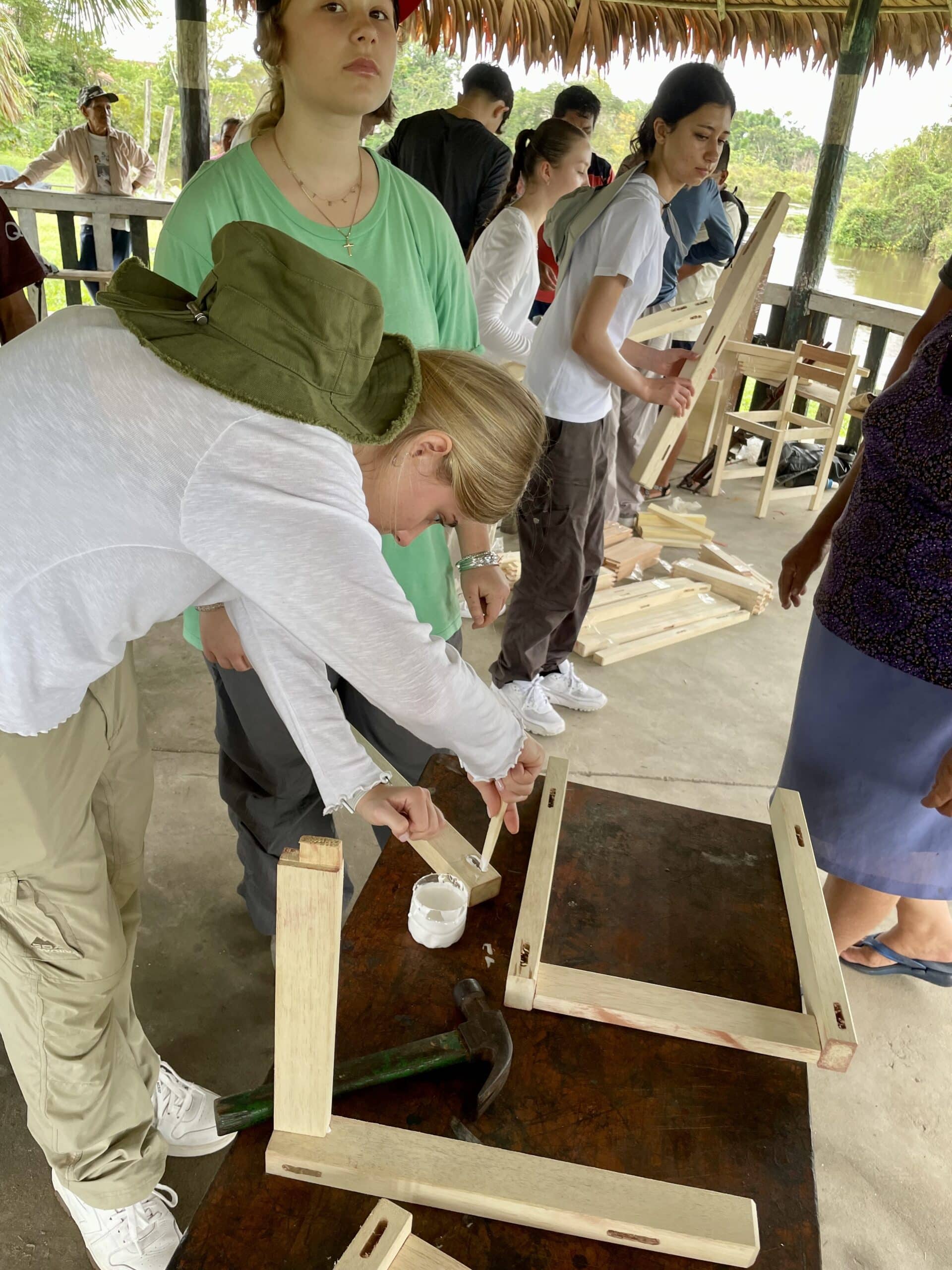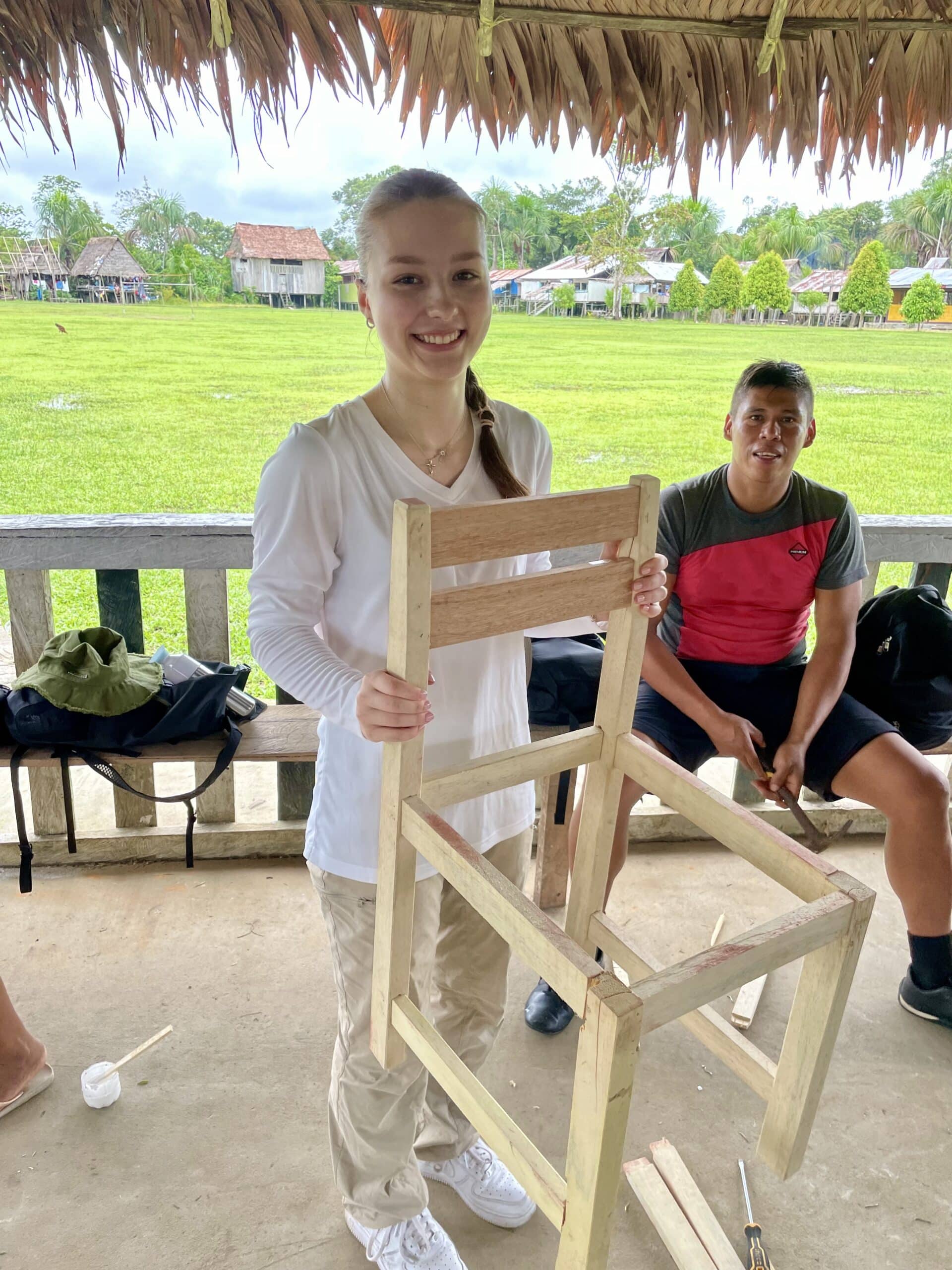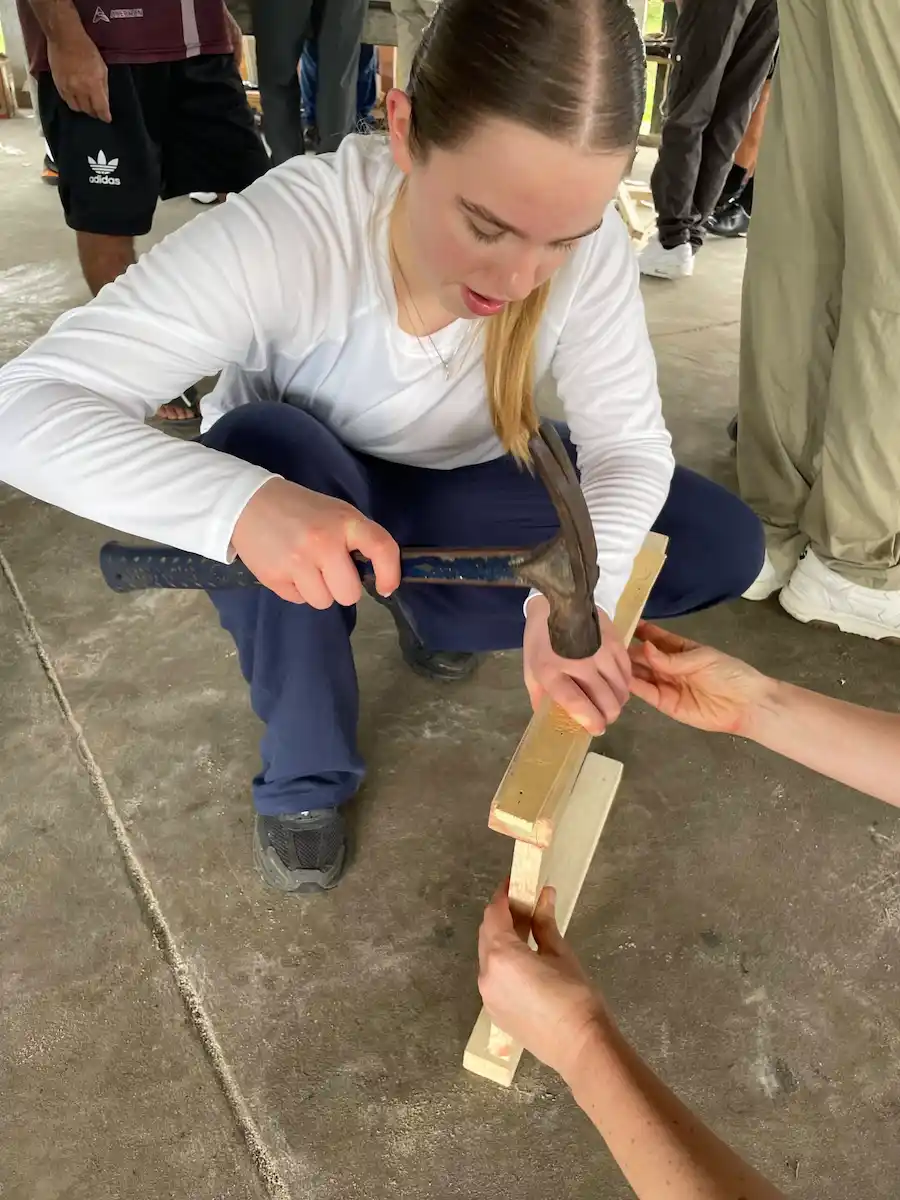
The value of art in the classroom
Fostering creativity, critical thinking and perseverance
There is a general misconception that art is a stand-alone and unimportant subject in school. However, it is actually a very valuable subject with numerous benefits. In fact, art education supports the entire development of the child and contributes to his/her individual development and progress. Children are able to communicate through artistic expression as soon as their motor skills are developed. The fine and gross motor skills, such as hand control and hand-eye coordination, are practised and solidified during art activities. Making art also fosters creativity (of course!), critical thinking and problem-solving skills, as well as the ability to recognize and appreciate different perspectives. To best support this invaluable development, it’s important to engage children in art at an early age – both at home and at school – and to continue with this subject throughout their schooling.
Supporting self-expression and emotional development
Art provides children with many opportunities to develop their self-expression and communication skills. Children love to communicate and, through art, they are able to share their feelings in different ways, above and beyond verbal communication. The familiar elements of art, such as colour, shape and line, enable children to feel safe while also encouraging their creativity. In class, we learn specific art terminology to describe what we have created, sculpted, painted or doodled. By sharing their work of art with parents, peers or teachers, children learn to organize their thoughts, practice new vocabulary and develop their communication skills.
Visual arts also have important emotional benefits. Doing arts and crafts activities help children feel calmer and happier, and also boost their self-esteem. Additionally, art can provide relief for children – and adults – confronted with a difficult situation; it can be an outlet for expressing confusing or painful feelings and can also be a form of distraction or escape.
Universal skills fostered through art
There are many universal skills learned in art lessons that children can apply to other areas of their life as well. While collaborating on projects, students face different perspectives on the same topic; they discover the freedom to express similar ideas in diverse ways and they learn to put opposing thoughts aside to work together. Through art critique, children hear and learn to accept other points of view; constructive criticism also helps children create and voice their own opinions.
Furthermore, creating art improves children’s sense of patience and perseverance – two invaluable life skills. It is often challenging for young children to wait for something to happen, or to see a task through to the end. Art requires both of these skills – waiting for glue or paint to dry, starting a project one day and being able to pick up where you left off the next. Concentration, persistence and mental discipline are further competencies trained and practiced through art.
The many benefits of continuous art education
There are numerous benefits to continuous art education throughout primary and secondary schools. Not only does fine art expose children to diverse cultures throughout the world of the past, present and future, it also enables children to develop crucial motor, communication and problem-solving skills. As we create and discuss art in our lessons, we are teaching our children the importance of collaboration, reflection, analysis and discipline. Cologne International School plays a pivotal role in cultivating these invaluable skills to ensure we are shaping strong, well-rounded leaders for the future.
With art, there is no right or wrong. Experimentation and taking risks are part of every art activity. Children need to get messy – to let their imaginations run wild! The benefits to our children are limitless and so is the fun that comes with art!
Karen Siwek, Bilingual Primary School
Find out more about the art programs in our Bilingual Primary School and in our Secondary School (International Secondary School and Gymnasium bilingual +).








